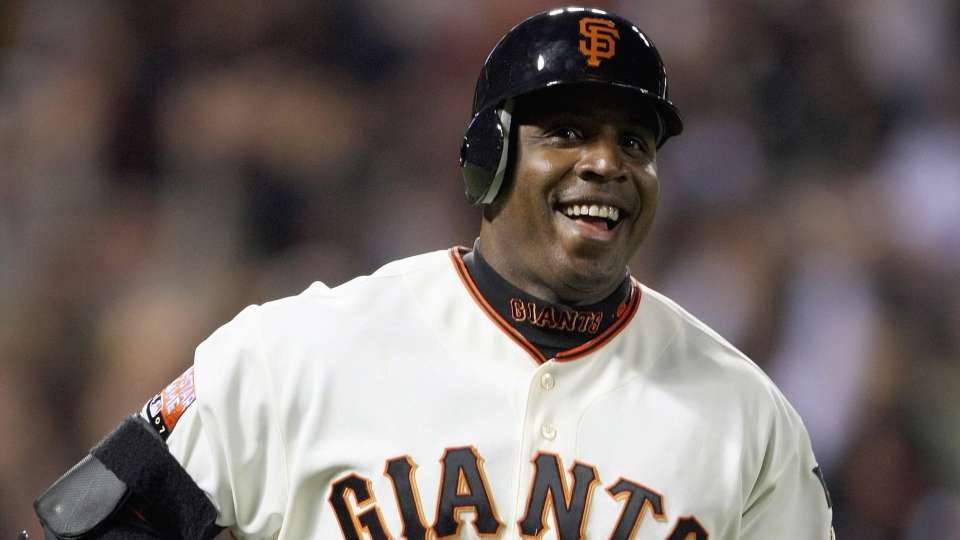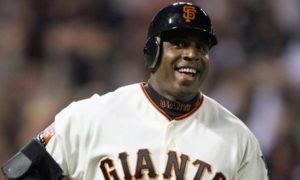The Most Predictable Home Run Ever

I’d like to think I know a lot about baseball. I hesitate to call myself an expert in anything, but if there was a Statcast percentile for overall baseball knowledge, I’m confident my slider bar would be red. If you’re reading this article, yours probably would be too. I certainly know more about baseball than I know about any other topic.
In spite of this, I have never gambled on baseball. If there’s one thing I’m certain of, it’s that the game is completely unpredictable at all times. In fact, that’s a major part of why it’s so charming. You simply never know when someone will hit a home run. Sometimes, an event might be more likely than others given the players and situation on the field. On the AppleTV+ broadcasts, they give probabilities on screen. However, as FanGraphs’ Ben Clemens discovered, these probabilities don’t pass the smell test.
As an example, let’s take Marcus Semien’s at-bat in the top of the first inning last Friday night. When he came to the plate, the broadcast listed him with a 22% chance of reaching base. After he took a strike, that number increased to 31%, then 32% after he got down 0-2. He then took a ball (30%), another ball (18%), and a foul (20%) before striking out on a foul tip.
Clemens’ article and methodology for disproving the questionable AppleTV+ probabilities is well worth the read, but you don’t have to be an expert to cry foul here. Every baseball observer knows that a hitter’s chance to reach base goes down when they fall behind in the count, never the other way around.
Another example given in the article describes a plate appearance between Jorge Soler and Framber Valdez. Soler started with a 2% chance of a home run. This increased to 3% when the count went to 1-0. That’s perfectly reasonable, but after ball two, his home run probability exploded to 19%! I had a good laugh about this with a friend of mine. We then debated whether any batter ever had a 19% home run probability in the history of baseball. He says no, but I’m not quite convinced.
The search for the most likely plate appearance to culminate in a home run has an obvious starting point. The batter with the highest home run percentage in a single season was 2001 Barry Bonds. He went deep 73 times in 664 PA, or 10.99% of the time.
From there, we need to find the most ideal opponent he faced that season. That would be Padres rookie Jason Middlebrook. First starters, he’s a right-handed pitcher, giving Bonds the platoon advantage. He also surrendered long balls to six of the 85 batters he faced that season. His 2.79 HR/9 was the sixth-worst in the NL that year (minimum 10 IP). The five pitchers above him didn’t face Bonds, but he matched up against him five times that season.
How did Middelbrook do? Somehow even worse than you might expect! Bonds went 3-3 with three homers and a pair of walks against him in 2001. That’s a 1.000/1.000/.4.000 slash line of course, which is the absolute best a batter can achieve. With the two walks counting as “successes” at preventing a big fly, Bonds still managed a 60% home run rate against him.
If we jumped into a time machine and gave Bonds one more plate appearance against Middlebrook in 2001, would he have a home run probability of 19%? Maybe, but I wouldn’t trust AppleTV+ to crunch those numbers.
















